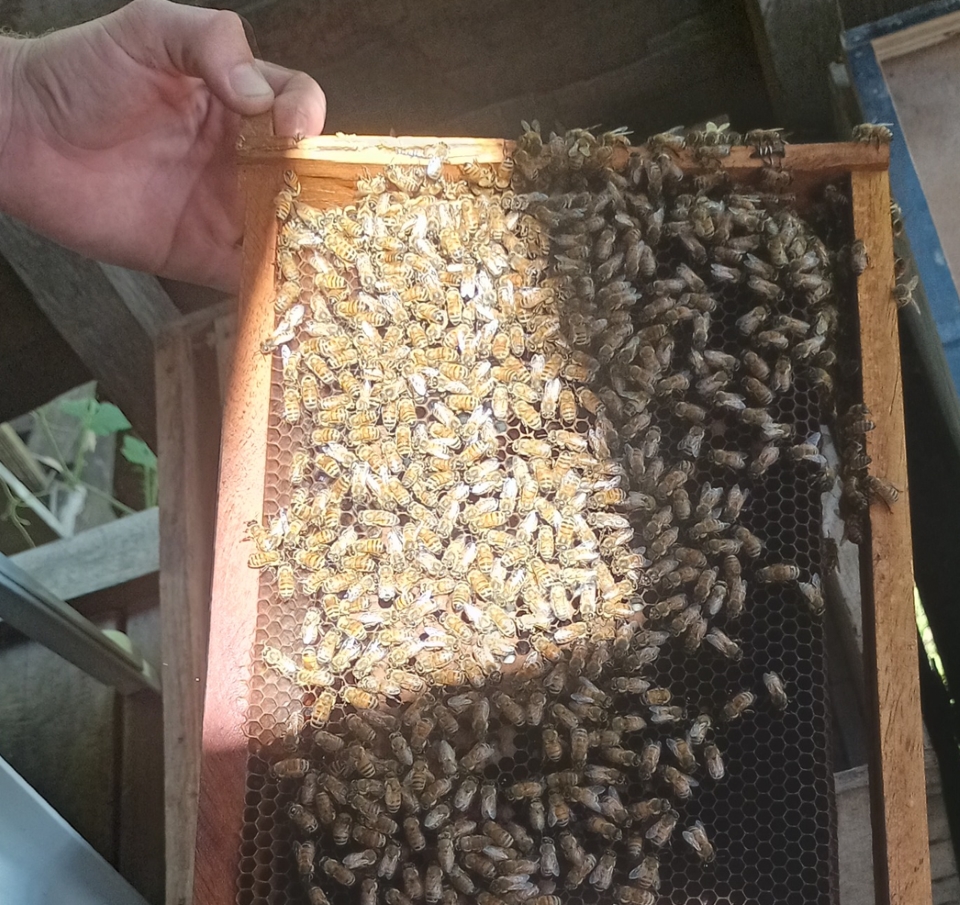THE Ministry of Agriculture and Livestock (MAL) is alerting Bee farmers to be vigilant against a widespread incursion of the Varroa mite (Varroa destructor), a serious threat to honey bee colonies globally now confirmed detected in Honiara.
First detected in North Carolina in 1990, this external parasitic mite is one of the most destructive pests affecting honey bees, and a significant infestation can lead to the collapse of entire colonies.
Dr. Cooper, a bee expert from Southern Cross University in Australia, along with MAL Livestock officers, conducted soap wash tests following reports by Honiara bee farmers between May and June 2023, after beekeepers noted a decline in both bee populations and honey production, raising concerns about the health of their hives.
The tests confirm the presence of the Varroa mite in apiaries around Honiara indicating widespread infestation that requires immediate attention.
Advise for Farmers: Given the potential damage to the bee industry, the MAL Livestock Dept. advises all bee farmers, both established and new, to follow these guidelines:
• Avoid the transfer of used bee materials: Do not take, send, or transport any used bee materials from Honiara or surrounding areas to your home, island, or province, or use them in your apiaries.
• Do not share used materials: Sharing used beekeeping equipment with other farmers can spread the infestation.
• Monitor hives regularly: If you notice any unusual behaviour in your beehives, conduct a thorough inspection of your bee boxes.
• Observe your beehives daily: Regular observation, both morning and afternoon, is crucial for early detection of mite infestations.
• Seek advice: Contact the MAL Livestock Team for guidance on control measures and best practices.
By adhering to these recommendations, farmers can help protect their hives and mitigate the spread of the Varroa mite.
Note:
Identifying Varroa Mite: The Varroa mite is an external parasite that attacks both adult bees and developing larvae. Adult mites are reddish-brown, oval-shaped, and about 0.06 inches wide (approximately the size of a pinhead).
Impact of Varroa Mite: The female mite enters the cell of a developing bee larva and lays up to six eggs. The feeding by developing mites can lead to the death or deformity of the larvae. While male mites die within the cell, adult female mites attach to adult bees, feeding on their hemolymph (bee “blood”) and continuing the cycle. Mites have a preference for drone larvae but will infest worker larvae as well, ultimately threatening the entire colony if left unmanaged.
Varroa mites also pose an indirect threat by serving as vectors for viruses that can fatally infect bees. The mites’ impact on the bees’ immune systems can lead to Parasitic Mite Syndrome (PMS), which can decimate colonies within months.
Source: MAL Press Release




